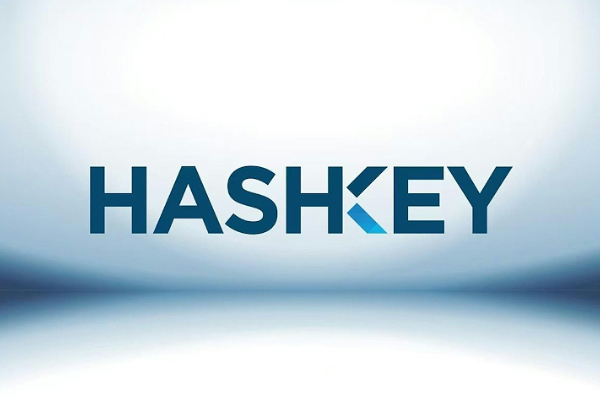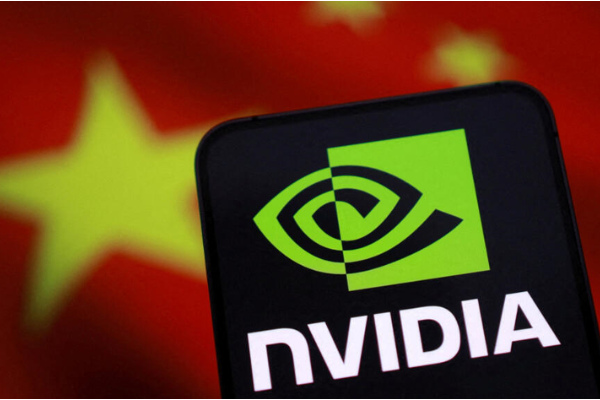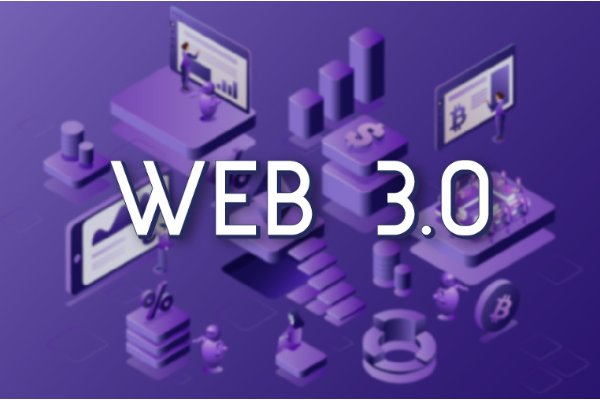Sam Altman: Goals include having an automated AI research intern by 2026 and becoming a full-fledged automated AI researcher by 2028.
On October 30th, OpenAI CEO Sam Altman stated, "We have set internal goals: to have an automated AI research intern running on hundreds of thousands of GPUs by September 2026;
and to achieve a truly automated AI researcher by March 2028. We may not be able to achieve this goal at all, but given its potentially huge impact, maintaining transparency is in the public interest." The security strategy relies on five layers: value alignment, goal alignment, reliability, adversarial robustness, and system security. We are particularly excited about the fidelity to the Chain-of-Thought framework, but it is somewhat fragile and requires clearly defined boundaries and abstractions.
On the product side, OpenAI is working to build a true platform that allows individuals and companies building on top of it to capture most of the value. Currently, users can develop through our APIs and ChatGPT applications; ultimately, OpenAI hopes to provide an AI cloud that supports the building of mega-enterprises.
Currently, approximately 30 gigawatts of computing power has been committed, with a total cost of ownership of approximately $1.4 trillion over several years. OpenAI is pleased with its anticipated growth in model capabilities and revenue.
OpenAI's mission remains unchanged for both the nonprofit and PBC: to ensure that artificial general intelligence (AGI) benefits all of humanity. The nonprofit initially pledged $25 billion for health and disease treatment, and AI resilience (all things that contribute to a successful transition to the post-AGI era, including technology security, economic impact, cybersecurity, and more).
The nonprofit is now able to deploy funding relatively quickly. In 2026, OpenAI anticipates that AI systems may be able to make small new discoveries; by 2028, major discoveries are likely. This is crucial; OpenAI believes that science, and the institutions that make its results widely accessible to society, are the most important ways to improve quality of life.











